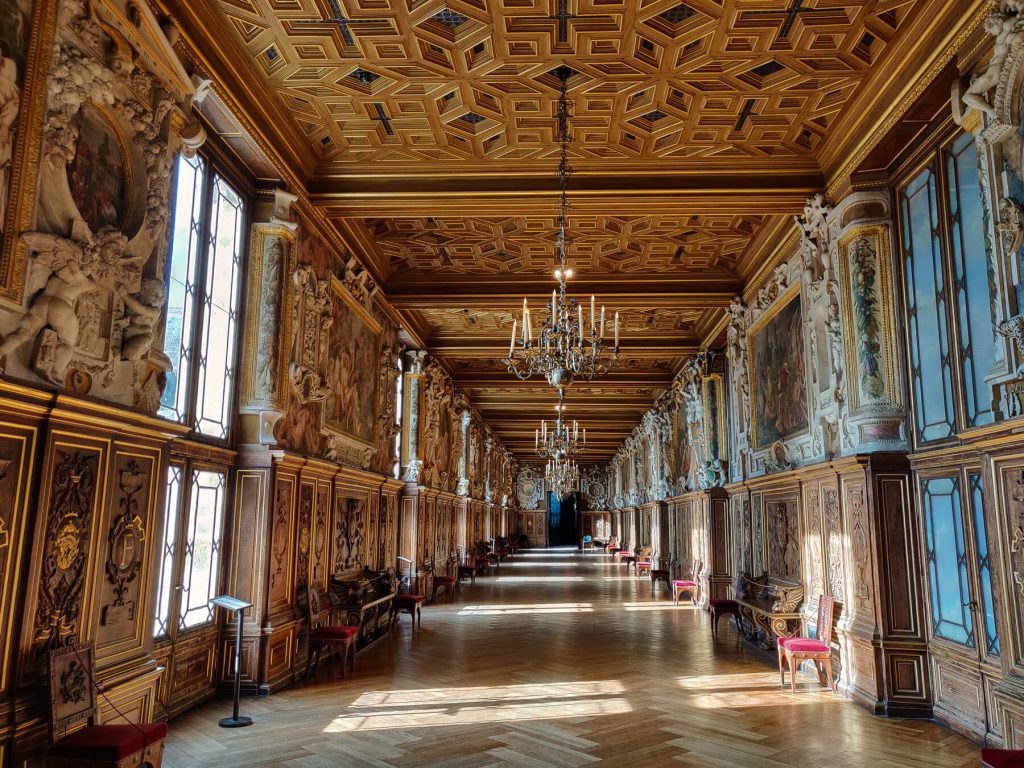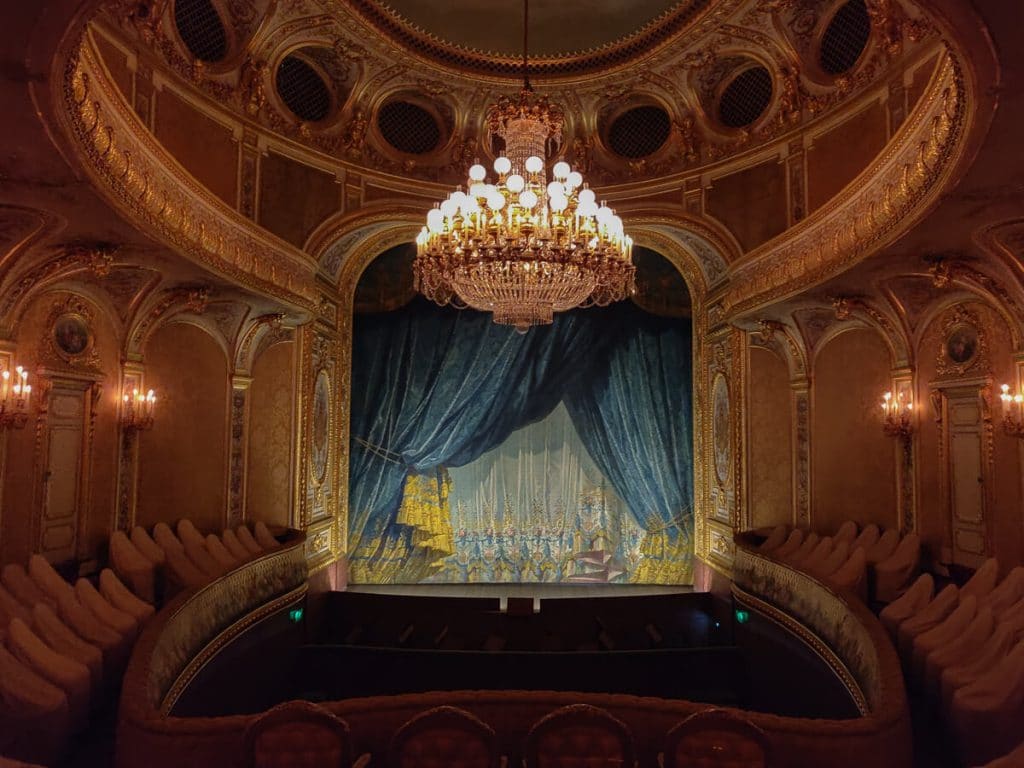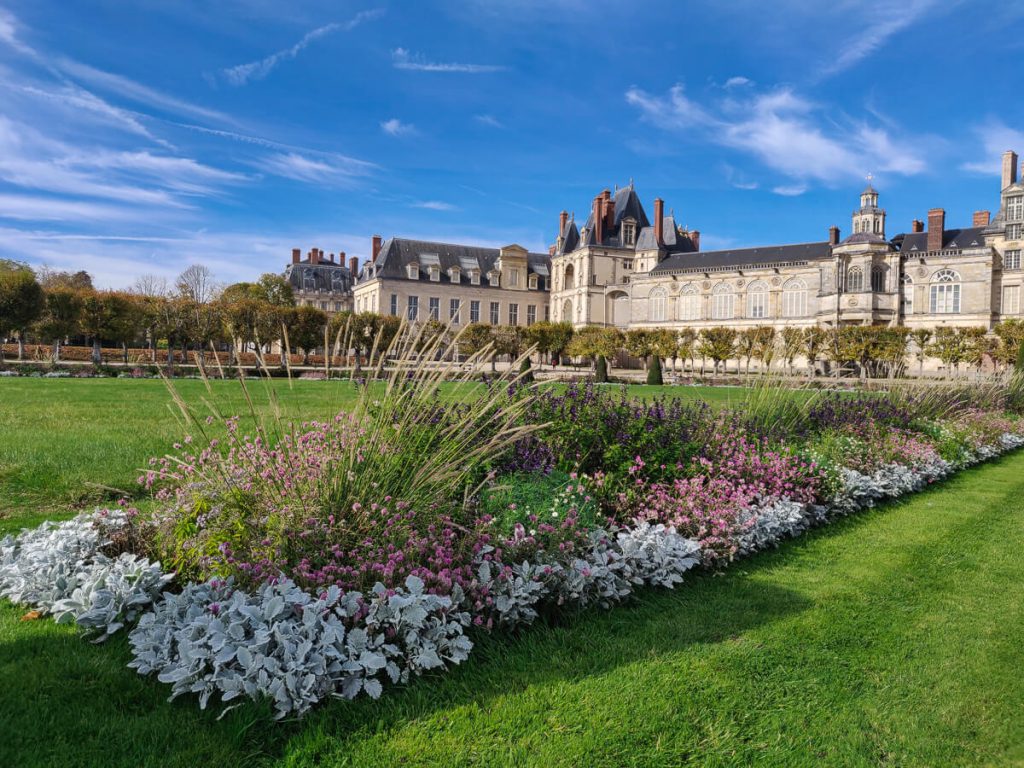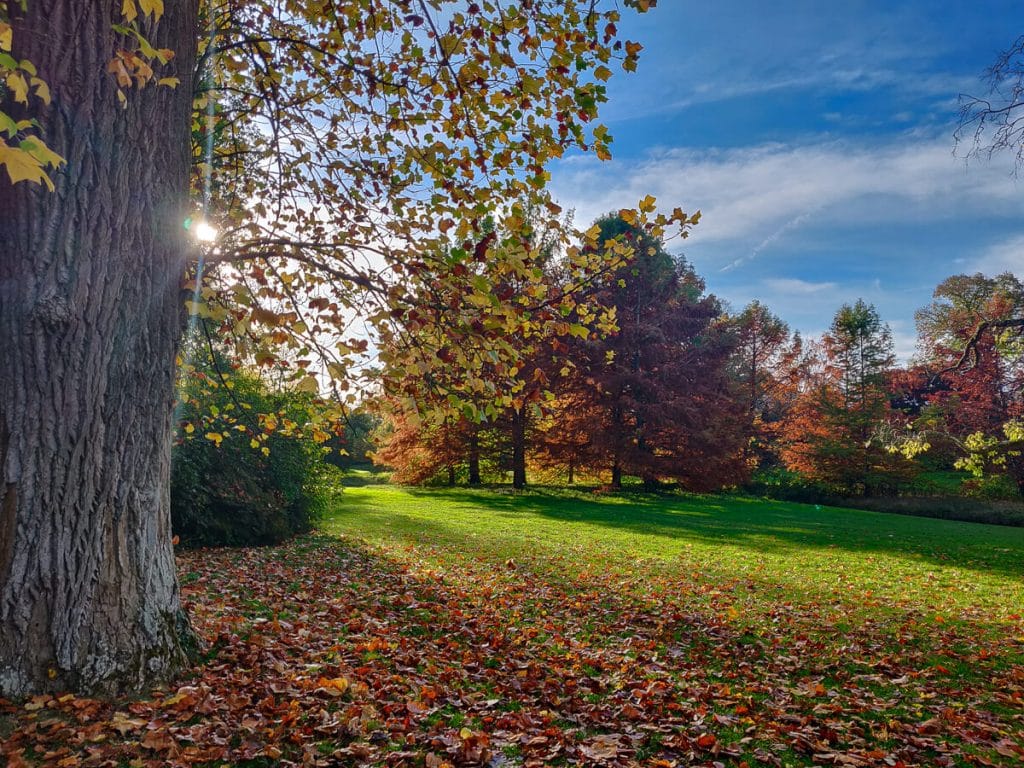A few weeks after moving to Paris, I visited the Palace of Fontainebleau. Because it was a beautiful autumn Saturday, I expected hordes of tourists and to queue up for the entrance. But to my surprise, both castle and gardens were pretty empty. Versailles is of course more impressive but being able to enjoy a place without thousands of tourists is much better. The Palace of Fontainebleau is therefore a perfect alternative to Versailles.
The true residence of Kings, the house of the centuries
Napoleon I

Interior of the Palace of Fontainebleau
The Palace of Fontainebleau is one of the largest French royal castles. It served as a residence for the French monarchs from Louis VII to Napoleon III. Napoleon I was the great restorer of the palace and completely refurbished after the Revolution. It has more than 1,500 pieces and was designated a UNESCO World Heritage Site in 1981.

I wandered through its many rooms and was amazed by some. Note that the imperial theatre and some apartments are only allowed on guided tours.


Gallery of François 1er (Francis I)
The gallery was built between 1528 and 1530 under the French King François 1er. The 60 meters long gallery is one of the first and finest examples of Renaissance decoration in France.

Ballroom
An impressive 300 m2 room. Note the monumental fireplace and the amazing ceiling.

The imperial theatre
Commissioned by Napoleon III, it is a unique example of a theatre from the Second Empire. The theatre can be visited on guided tours only.

The theatre’s restoration, funded by the government of Abu-Dhabi, began in 2007. It was then renamed the Cheikh Khalifa ben Zayed Al Nahyane Theatre The fabrics, decorations and objects are the original. It is definitely one of the most impressive rooms in the palace.


Gallery of Diana
This eighty-meter long corridor has had several uses over the centuries and was transformed into a library by Napoleon III. It contains almost 16,000 books! The large globe at the entrance of the gallery came from the office of Napoleon I.

Chapel of the Trinity

Gardens and the park
The castle is surrounded by very pretty gardens and a huge park with free access.

Grand parterre
With 14 hectares, the large flowerbed is the largest in Europe. This French-style garden was built between 1660 and 1664 by by André Le Nôtre and Louis Le Vau.


The park
A little further the castle grounds is a large park and a canal. The latter was built under Henri IV and is 1200m long! I recommend walking there on the way back to the station.


English gardens
Although Napoleon was not a fan of English gardens (fashionable at the time), he still decided to build one. This landscaped garden was created in 1810 and 1812 and is crossed by an artificial river. The beautiful autumn colours made the walk even more relaxing.


Palace of Fontainebleau access
The Palace of Fontainebleau is located an 1 hour south of Paris. It is accessible by train Transilien line R to Fontainebleau-Avon station. I recommend taking the Mobilis day pass.
In front of the station: take the bus, line 1 and get off at the “château” stop. The bus runs every 15 minutes and the journey time is approximately 20 minutes. The ticket costs €1.90 at the ticket office and €2 on the bus.
To go back to the station, rather than taking the bus, I recommend going through the park. It’s very nice walk that takes about 30-40 min.

Address
Place du Général de Gaulle – 77300 Fontainebleau
Tickets
Palace €12
Palace + Guided tour of the imperial theatre €15
The castle is free on the first Sunday of the month and the gardens are accessible free of charge. Plan a full day for the palace’s visit and the grounds.




